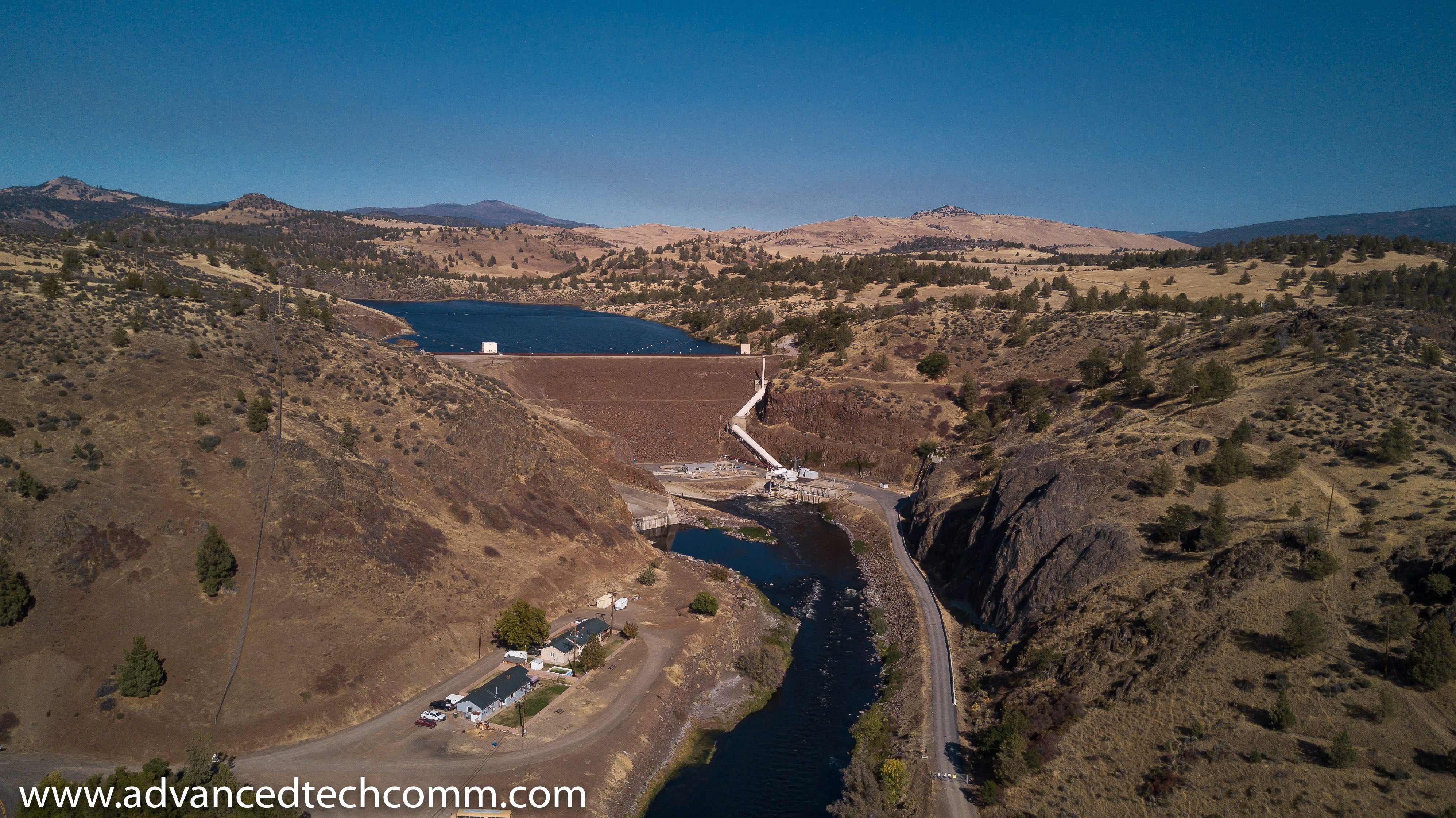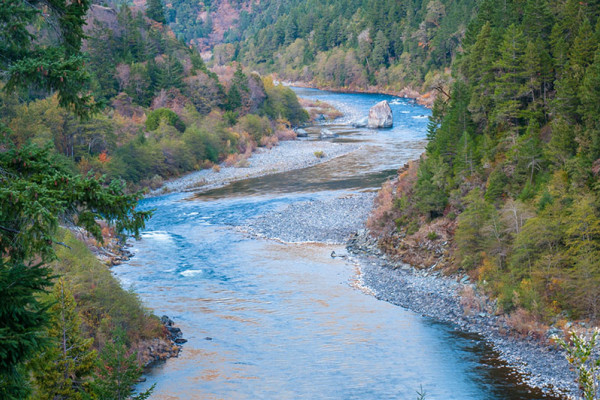We envision a Pacific Northwest with free-flowing rivers, abundant wild fish, and thriving local communities. Removing the lower four Klamath dams is a critical step in achieving that vision.
Native Fish Society supports the ongoing efforts to decommission the lower four mainstem hydroelectric dams on the Klamath River in southern Oregon and northern California by the Klamath River Renewal Corporation. Removing the four mainstem dams (Iron Gate, Copco 1 & 2, John C. Boyle) will improve the conditions in the Klamath watershed to benefit sensitive and threatened wild, native fish. This action is critical to the long-term health and resiliency of the Klamath basin as a whole, and also the human and environmental communities this watershed supports.
We also have concerns about the significant environmental impacts that would result from the current plan to rebuild Iron Gate Hatchery, reopening Fall Creek Hatchery with upgraded facilities, and maintaining hatchery operations for at least eight years after the dams are removed as outlined in Definite Plan here.
Removing the four lower dams on the Klamath River will be one of the largest environmental restoration actions ever completed, and will be immediately beneficial by improving water quality and restoring access to the river's wild salmon and steelhead to hundreds of miles of critical upstream habitat. However, science has demonstrated that continuing to release hatchery salmon during recolonization will compromise dam removal recovery efforts, spend limited dollars on projects that do not meet recovery objectives, and jeopardize threatened and sensitive populations of salmon that are already imperiled.

Iron Gate Dam and Hatchery.
Iron Gate Hatchery
Iron Gate Hatchery currently releases a combined 6 million juvenile Chinook and Coho salmon as mitigation to compensate for the spawning and rearing habitat lost between Iron Gate Dam and the Copco Dams, and has an operating budget of about $1.2 million per year. Hatchery steelhead were released until 2013, although the program was terminated due to poor performance and low returns.
Much of the infrastructure associated with Iron Gate Hatchery is tied to Iron Gate Dam, so when the dams are removed the hatchery facilities must be reconstructed and efforts are underway to identify alternative water sources. Given the facilities challenges, the proposed Definite Plan identifies a reduction in hatchery releases for fall Chinook from 6 million smolt and yearling releases to 3.5 million, but maintains the 75,000 yearling Coho program for a conservation approach. While the Coho program has an approved Hatchery Genetic Management Plan, it is unclear what role rebuilding two hatcheries (Iron Gate and Fall Creek) will play in meeting recovery goals, particularly releasing 3.5 million Chinook since current hatchery operations are intended to mitigate for the less than 10 miles of habitat between Iron Gate and Copco dams.
After the dams come down, wild salmon and steelhead will have volitional access to nearly 400 miles of upstream spawning and rearing habitat.
A 2013 study of hatchery effects on the Klamath’s wild populations identified “hatchery returns are likely replacing spawners in at least some wild populations in the Klamath basin” and the pattern is most obvious for Chinook (see Quiñones et al., 2013). Likewise, a scientific paper reviewing the most recent science from NOAA/National Marine Fisheries Service regarding hatcheries found that there are “no clear-cut examples in which a reintroduction employing hatchery releases yielded a self-sustaining naturalized population” (Anderson et al, 2014).
The KHSA is an important agreement that has set the stage for dam decommissioning. Today, given the overwhelming scientific literature identifying the known risks of hatchery programs on wild populations and the intended goals of dam removal, it is difficult to reconcile the large financial investment in new hatchery infrastructure when there are other important needs that would contribute to self-sustaining populations.
Join with us and showing your support for dam removal and reach our vision of a wild and free Klamath River.
How you can help:
Please visit our Action Alert and submit comments to the Federal Energy Regulatory Commission to support dam transfer to Klamath River Renewal Corporation.
To learn more or if you have questions please contact Kirk Blaine at kirk@nativefishsociety.org.
